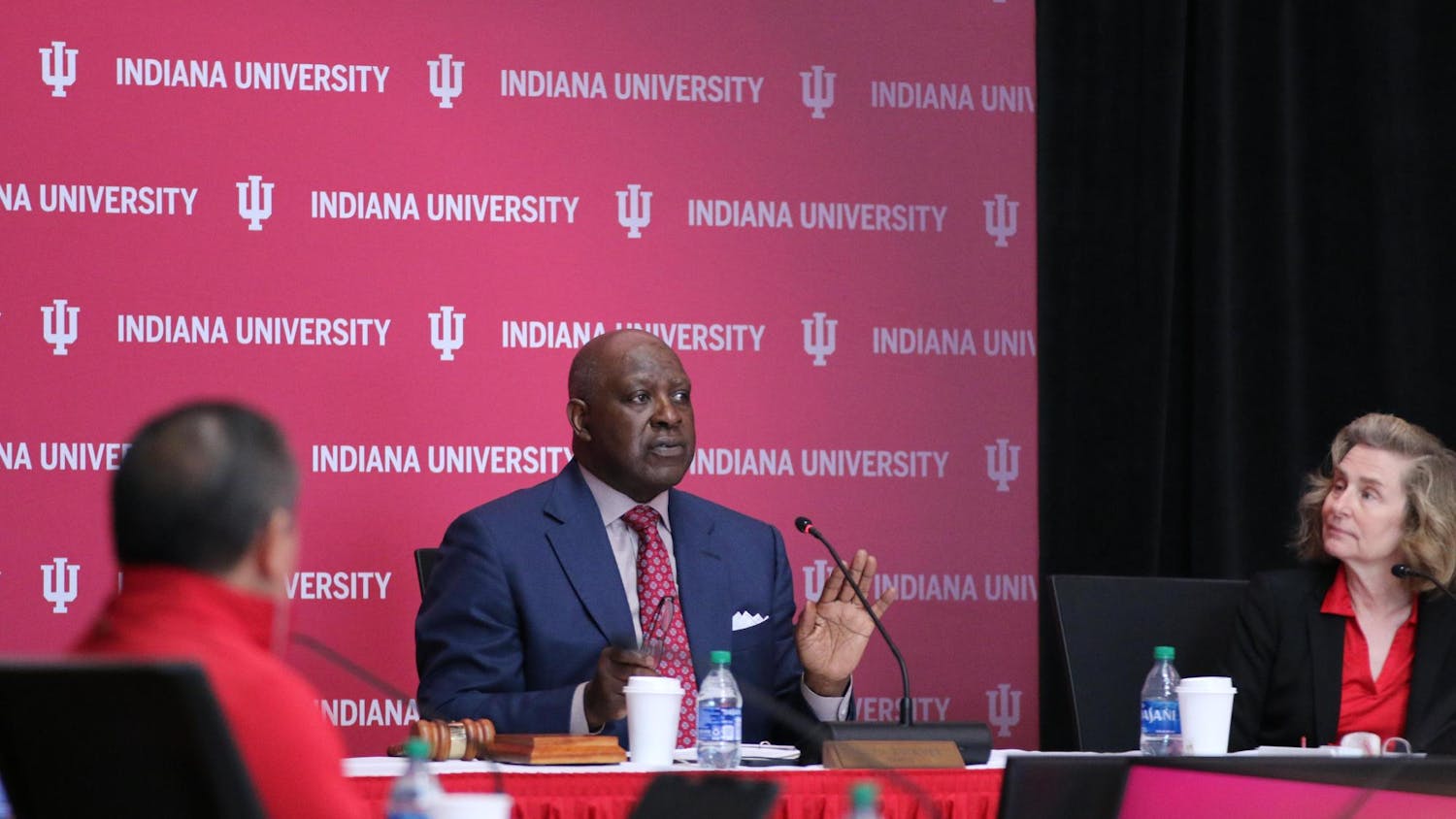The state of Indiana is home to what will be one of the largest wind farms in the world, and there are plenty more being constructed.
The Fowler Ridge Wind Farmin Benton County, when finished, will have a generating capacity of 750 megawatts of energy.
Bennet Brabson, Professor of Environmental Physics at IU, said wind energy is one of the few renewable energy sources that can replace expensive fossil fuels.
And while renewable energy is popular, it is still not producing as much as traditional forms like the burning of fossil fuels, Brabson said.
“Wind at the moment is generating a few 10s of megawatts of power in the U.S.,” Brabson said. “It is not generating at the level of coal, oil or natural gas. Less than 1 percent of our electricity is coming from wind.”
Brabson said that while this is a large amount of power, it does not seem large in comparison to other forms of energy production. However, the wind power industry has been consistently growing in the U.S. at a rate of 30 percent a year for the past decade.
Another factor contributing to the rise in wind power, especially in Midwestern states like Indiana, is economic compensation. According to Brabson, a landowner who leases his land to a wind power company will earn $2000-3000 per wind turbine every year, depending on the company they lease the land to.
On the consumer level, energy companies are investing heavily in renewable energy. Duke Energy Indiana has a GoGreen Indiana program, and the Indianapolis Power & Light Co. is increasing the amount of people who want to use cleaner energy.
“We are taking a diverse approach to our power sources,” said Angeline Protogere, a representative from Duke Energy’s Indiana office.
“We don’t think there is just one answer. We believe you need a variety of different sources, like cleaner coal technology. We think you need a multifaceted approach to come up with power in the supply your customers need and have as little impact as possible.”
“The most environmentally benign power plant is the one you never have to regulate because you conserve power,” she added.
Here at IU, the energy debate is changing, but the University is not completely green.
“I can see several years down the line the possibility of wind power here at IU,” said Elizabeth Danielson, co-director of Collins E-Force, a student environmental group.
“Right now there is a movement to trying to get rid of the coal plant and replace it with natural fuel.”
In a Stanford University study in the Journal of Geophysical Research in 2005, scientists found that the wind power capacity for the entire world was around 72 terawatts, over five times the current energy used in any form. The researchers also conceded that there are many “practical barriers to overcome” in wind energy production.
“I’m worried that the farms in Indiana may have to struggle to compete with the others because they are not in high wind areas,” Brabson said.
As useful as wind energy may seem, Brabson warns that there are limits to every energy source.
“It has not only caught on,” Brabson said, “but it may have exceeded the logic of the process: it’s catching on almost too quickly.”
Growing wind-farming faces issues in Indiana
Get stories like this in your inbox
Subscribe





